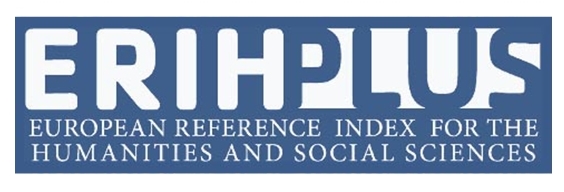The (Im)proper New Woman of Bram Stoker’s Dracula
DOI:
https://doi.org/10.18485/bells.2022.14.5Keywords:
Dracula, New Woman, Angel in the House, Fallen Woman, femme fataleAbstract
This article analyses the ways in which the New Woman Movement of the 1890s is reflected in Bram Stoker’s construction of his female characters in Dracula. It shows that the image of the New Woman is modified and redefined through already existing female tropes, including the Angel in the House, the Fallen Woman and the femme fatale. Thus, it is argued, two versions of the New Woman emerge: an acceptable, “proper”, New Woman as an educated and competent worker, but also a submissive wifely or motherly figure, whose character traits correspond to conservative Victorian notions of female propriety. The other, unacceptable, variant is a sexual New Woman whose interests and aspirations are trivial, indulgenceseeking and, most importantly, whose critique of the Victorian double standard is dismissed and ultimately punished.
Downloads
References
Downloads
Published
Issue
Section
License

This work is licensed under a Creative Commons Attribution-ShareAlike 4.0 International License.
Authors who publish with this journal agree to the following terms:
- Authors are confirming that they are the authors of the submitting article, which will be published (print and online) in Belgrade English Language and Literature Studies by the Faculty of Philology, University of Belgrade (Faculty of Philology, Studentski trg 3, 11000 Belgrade, Serbia). Author’s name will be evident in the printed article in the journal. All decisions regarding layout and distribution of the work are in hands of the publisher.
- Authors guarantee that the work is their own original creation and does not infringe any statutory or common-law copyright or any proprietary right of any third party. In case of claims by third parties, authors commit their self to defend the interests of the publisher, and shall cover any potential costs.
- Authors retain copyright and grant the journal right of first publication with the work simultaneously licensed under a Creative Commons Attribution-ShareAlike 4.0 International License that allows others to share the work with an acknowledgement of the work's authorship and initial publication in this journal.
- Authors are able to enter into separate, additional contractual arrangements for the non-exclusive distribution of the journal's published version of the work (e.g., post it to an institutional repository or publish it in a book), with an acknowledgement of its initial publication in this journal.
- Authors are permitted and encouraged to post their work online (e.g., in institutional repositories or on their website) prior to and during the submission process, as it can lead to productive exchanges, as well as earlier and greater citation of published work.




